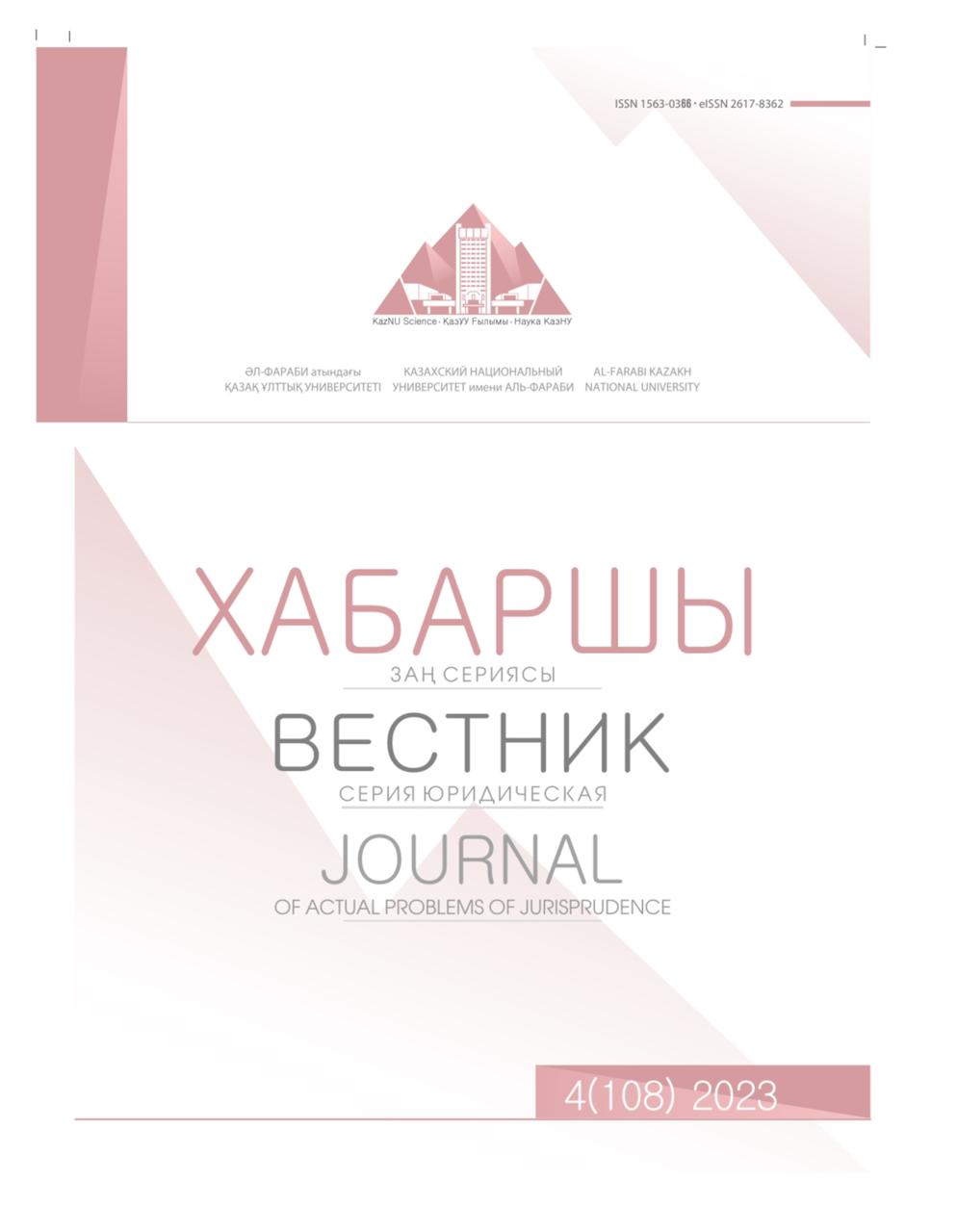CURRENT PROBLEMS OF THE FORMATION AND DEVELOPMENT OF THE SYSTEM OF “CHECKS AND BALANCES” IN THE USA
DOI:
https://doi.org/10.26577/JAPJ.2023.v108.i4.015Abstract
The article examines the division of government powers under the United States Constitution, as well as the system of “checks and balances” within it. Despite the fact that the branches of government are independent, autonomous and determined by the fundamental law of the land, since the second half of the twentieth century there have been contentious issues between the President and Congress regarding the abuse of power. In this regard, disagreements between the legislative and executive branches are often considered by the judiciary, which has become one of the current topics that threaten the preservation of the system of “checks and balances.”
When studying the formation and development of the system of “checks and balances” in the US Constitution, historical, formal-logical methods, as well as methods of predicting legal consequences, were used.
Although the U.S. Constitution was adopted in 1787, its founders established a system of “checks and balances” to prevent man's excessive desire for power and tendency to abuse it. The study found that a number of US presidents have taken steps to bypass Congress in an attempt to expand their powers in governing the country. As a result, Congress has tested and investigated such actions, and some have been brought to trial. Although most conflicts between branches of government are based on a system of checks aimed at preserving the powers of each representative of government, every year it becomes more and more difficult to maintain balance.
Key words: USA, Constitution, separation of powers, system of checks and balances, President, powers.



